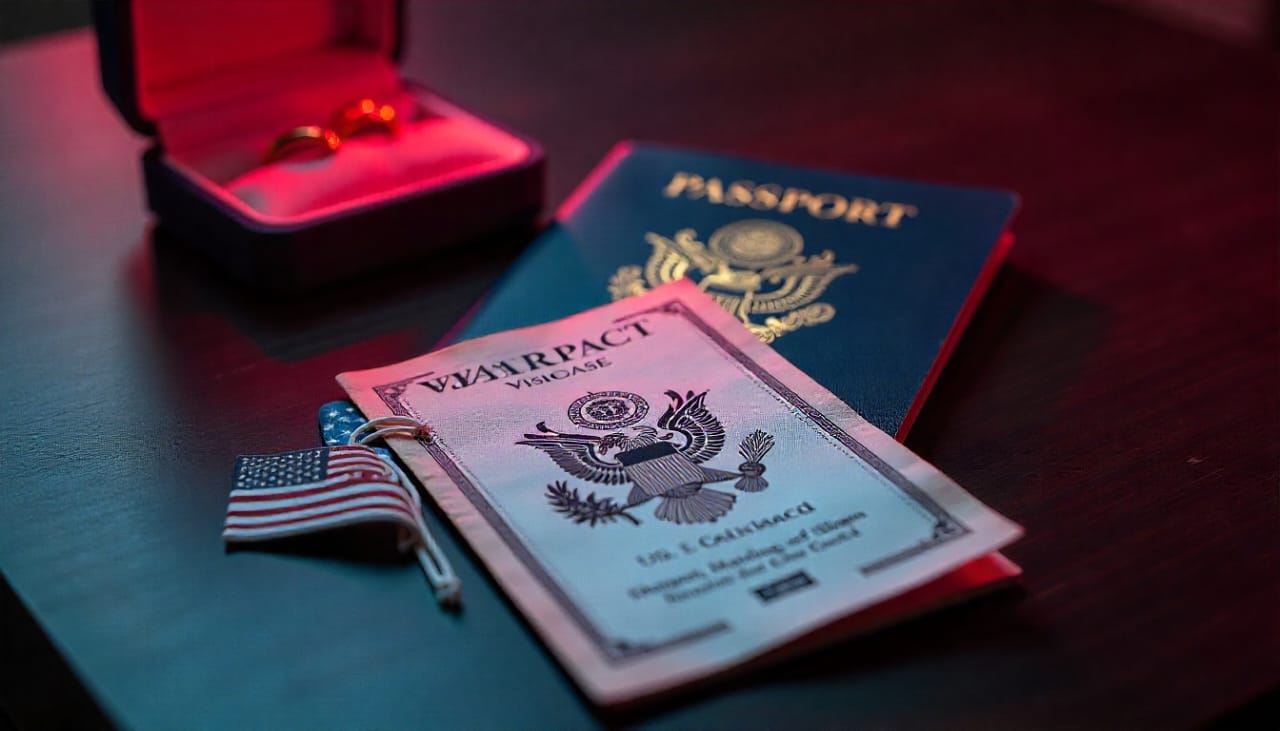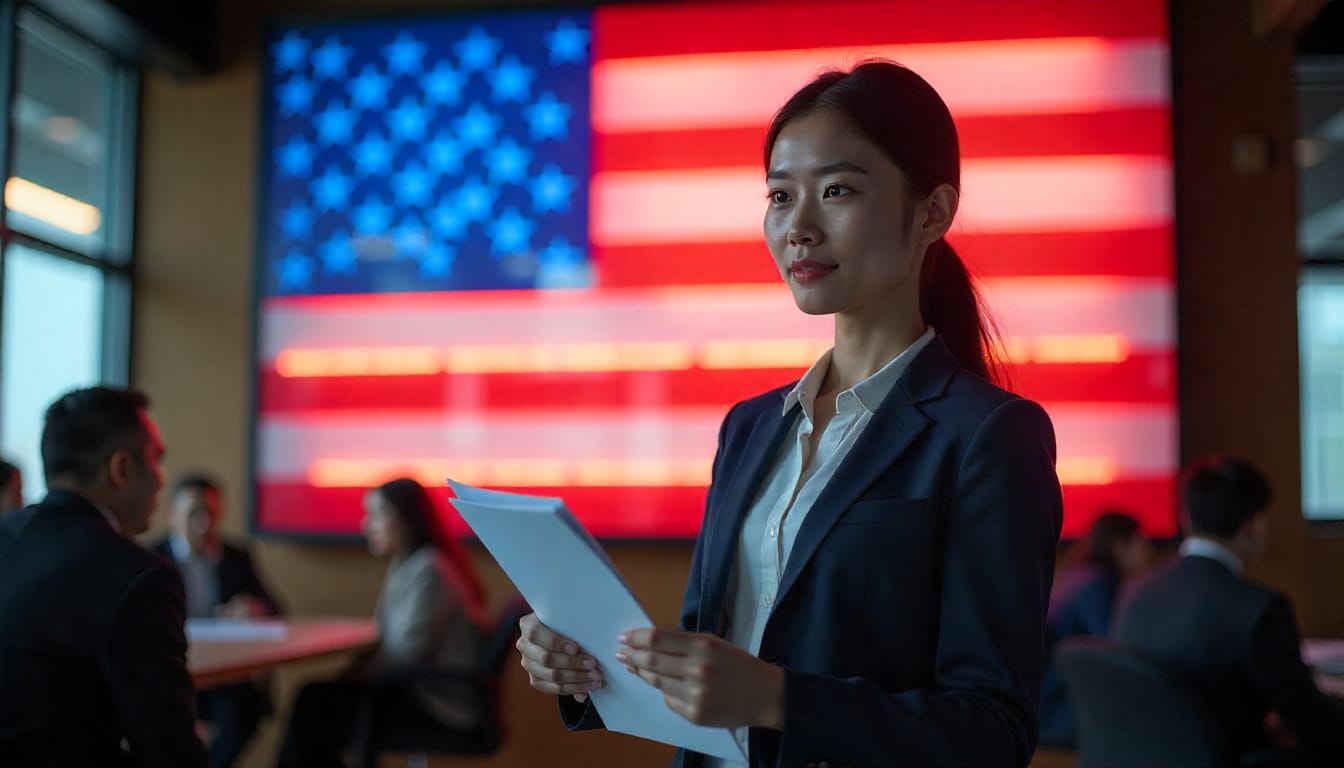Discover how to prepare an O-1 visa reference letter that USCIS trusts. Learn the requirements, who to ask, how to write, plus sample and template guidance. Beyond Border helps applicants craft strong letters of support and expert opinions that win approvals.Discover how to prepare an O-1 visa reference letter that USCIS trusts. Learn the requirements, who to ask, how to write, plus sample and template guidance. Beyond Border helps applicants craft strong letters of support and expert opinions that win approvals.

If you’re aiming for an O-1 visa, you’ve probably already realized this isn’t just another application. Every piece of evidence matters. But few things carry as much influence as the O-1 visa reference letter.
Why? Because it’s one thing for you to say you’re extraordinary. It’s another thing entirely when a respected professor, a CEO, or a celebrated director says it for you. Suddenly, your petition isn’t just your story, it’s your industry backing you up. That’s powerful.
At Beyond Border, we’ve worked with countless applicants who worried their achievements wouldn’t shine. With the right letters, those same applicants earned approvals. That’s the difference this document makes.
Put simply, an O-1 visa recommendation letter is a written endorsement. It comes from a person with authority in your field, someone whose name matters.
But here’s the catch: USCIS doesn’t want fluff. They don’t want “She’s talented” or “He’s the best.” They want facts. Evidence. Achievements. Imagine a letter that says, “His research has been cited over 300 times in global journals.” That’s the type of proof officers can’t ignore.
So think of this letter as a bridge. It connects your talent to real-world impact, told by people who have seen it firsthand.
One more detail? The format matters too. Signatures, dates, and letterhead show professionalism. These little things add credibility. Miss them, and even great content feels unfinished.
You might be wondering: “How many O-1 visa letters do I actually need?” USCIS doesn’t publish a magic number, but in practice, most successful petitions include six to eight strong letters.
Why not just one or two? Because immigration officers want to see consistent recognition from multiple sources. A single letter, no matter how powerful, might feel too narrow. On the other hand, too many letters, say twelve or more, can look repetitive and watered down.
The sweet spot is enough letters to show broad support but not so many that they blur together. At Beyond Border, we usually recommend aiming for six to eight diverse voices, academics, industry leaders, organizational heads, so your achievements feel validated across your field.
This is where many applicants stumble. Should you ask your old manager? A colleague who loves your work? Not necessarily.
The best letters come from:
Here’s a simple way to think about it: whose name would make an immigration officer stop and say, “This person’s opinion matters”? That’s who you want. And variety helps too. Letters from both academic and industry leaders create a well-rounded case.

Most recommenders don’t have time to draft these letters from scratch. Often, you’ll prepare a draft for them to edit. That means knowing the structure is key.
Here’s a practical outline:
Avoid filler. Avoid superlatives with no proof. Instead, use measurable details. “She led the exhibition that attracted over 500,000 visitors” lands far better than “She’s very talented.”
Here’s a short sample to show how it flows:
“I am Dr. Anna Lopez, Professor of Engineering at Stanford University, with over 60 published papers in robotics. I met [Applicant] in 2020 during a joint research project. Their contributions to autonomous systems were groundbreaking, leading to commercial adoption. I fully endorse their O-1 visa application.”
See how it covers authority, connection, achievements, and endorsement? That’s what USCIS expects.
It’s simple, but it keeps letters from wandering or leaving out key details. Beyond Border often refines these drafts so they hit the right tone.
A letter of support isn’t quite the same as a reference letter. This one usually comes from your U.S. employer or petitioner. It explains why the company wants you and how your role ties into their plans.
Think of it as the present and future. Reference letters focus on what you’ve achieved. A support letter shows how those achievements will directly benefit the U.S. right now. Together, they strengthen your case.

Sometimes you’ll hear about an O-1 visa expert opinion letter. What is it? Basically, it’s an outside assessment. Someone who may not know you personally, but is respected in your field, reviews your work and states that it meets the “extraordinary” threshold.
Why does this help? Because it adds an objective voice. It’s not just your circle vouching for you; it’s a neutral authority confirming your standing. For technical fields especially, Beyond Border often recommends this extra step.
If you’re in film, television, or the arts, there’s another piece: the O-1 visa advisory opinion letter. These come from unions or professional groups. For example, the Screen Actors Guild for actors.
These letters confirm that your industry peers recognize your achievements. USCIS takes them seriously because they represent more than one person’s opinion, they reflect the stance of an entire professional body. If you’re in a field where they’re required, don’t skip them.
It’s not just about writing a letter, it’s about writing one that USCIS will remember. Here are a few tips to elevate your O-1 visa letters:
When letters feel authentic and easy to follow, officers are more likely to take them seriously. This is exactly what we help applicants achieve at Beyond Border.
Even talented applicants sometimes get tripped up. Common mistakes include:
Each of these weakens your petition. The goal is clarity and credibility. Remember: immigration officers may not be experts in your field. Make your letters easy to follow.
At the end of the day, your O-1 visa reference letter can tip the balance. Strong letters persuade. Weak ones leave questions.
At Beyond Border, we help applicants choose the right recommenders, structure letters properly, and polish them into clear, persuasive endorsements. We know what USCIS looks for, and we make sure every letter hits the right notes.
This isn’t a step to rush or leave to chance. With the right voices backing you, your achievements shine brighter, and your O-1 petition stands on much stronger ground.